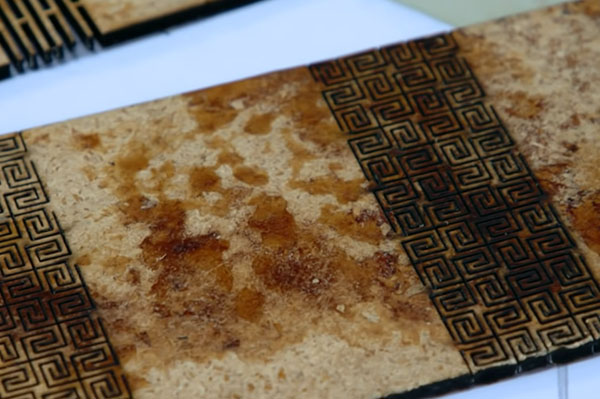Leather is a strong, flexible and durable material, but traditional raising of large animals like beef cattle for meat production which yields hides and leather as an end- or by-product uses a lot of resources such as land area, feedstocks and water (for drinking, for washing, for cleaning & for tanning hides).
Fungi and other micro-organisms may be small, marginalised and misunderstood, but they are fantastic at producing BIO-FILMS which can be dried, minimally treated and then used to make LEATHER products such as shoes, wallets, handbags and clothes.


You can check out these short videos on You Tube showing the MycoTech firm in Indonesia – one of the world leaders in innovating and developing mycelium (fungal) leather. Once sheets of the leather-like material are produced, they can be easily tanned (for longevity), cut, shaped and joined the same as traditional leather for making into leather products.
Another fast-developing source of innovative leather-like materials low on resource demands is KOMBUCHA LEATHER. Instead of fungal species, this uses a “SCOBY” – a symbiotic colony of fungi & yeast which can produce a thick bio-film when fed aqueous nutrients for about 3 – 5 days. Biofilms produced can be dried, tanned and lightly-oiled to yield sheets of material which are strong yet flexible and handle just like leather. University groups, Start-ups and other companies are experimenting with scaling-up production of these materials, so that full-scale production of these sustainable, low resource input materials can be attained.
There are great, informative sources on Mycelium leather, mycelium art and mycelium furniture on the internet. Just call up your favourite search engine and ask for topics like “mycelium leather” and “kombucha leather”.

